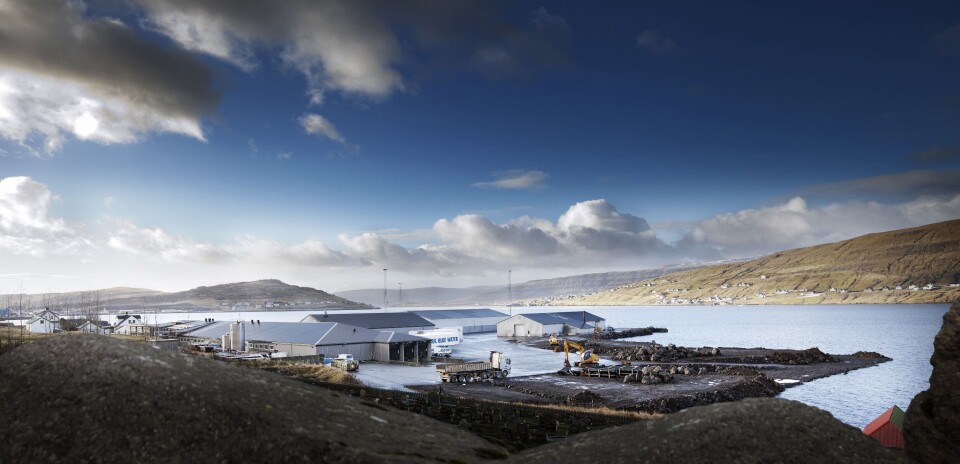
Faroese firm reports £2.57 per kilo
The Bakkafrost Group reports a buoyant start to the year, harvesting 10,934 tonnes at an average EBIT/kg of NOK 30.45 (£2.57).
The farming segment made an operational EBIT of DKK 260.8 million, helped by the increased salmon spot prices, although these caused the VAP segment to make an operational EBIT of DKK -24.8 million. The EBITDA for the feed and fish oil/fishmeal (FOF) segment was DKK 69.0 million.
Commenting on the result, CEO Regin Jacobsen said: “The first quarter was overall satisfying for Bakkafrost, but when the salmon price increases sharply during a short period, the circumstances for the VAP segment become difficult. The next six months will be an exciting time for Bakkafrost, as two of the major investments – the hatchery at Viðareiði and the combined harvest/VAP factory at Glyvrar – will be completed.”
Farming
Bakkafrost released 1.9 million smolts in Q1 2016, compared to 2.2 million smolts in Q1 2015.
The company expects to harvest 48,000 tonnes gutted weight in 2016 and release 104 million smolts by the end of the year.
The company believes that the outlook for the farming segment is good and that its new wellboat, M/S Hans á Bakka, will help to ensure good fish health through its freshwater treatment equipment against sea lice.
In the investment plan from August 2014, Bakkafrost had the goal to be self-supplied with smolts at a size of 200-300g each before the end of 2017, but the new long-term goal is to be self-supplied with smolts at a size of 400-500g each in 2019. The benefits are shorter production time at sea as well as reduced biological risk.
To achieve this company intends to quadruple the size of its hatchery at Viðareiði, which started in 2015, and will be finalised in Q3 2016, although the production will start up in Q2 2016.
It will also be aided by the construction of the new hatchery Á Strond, which will start in Q2 2016 and is planned to be finished in 2018.
Value added products
Bakkafrost’s long-term strategy is to sell around 40-50% of the harvested volumes of salmon as value added products on fixed price contracts that last for 6 to 12 months and has signed contracts covering around 63% of the VAP capacity for the rest of 2016. This corresponds to around 25% of the expected harvested volumes for the rest of 2016.
The investment of the new harvest/-VAP factory will be finalised in 2016. The harvest operation is expected to start in Q2 2016, while the VAP operation will start in H2 2016. There will be some extra costs during the start-up period, but the investment is expected to result in operational savings of DKK 70-90 million per year with gradual effect from 2017.
Fishmeal/oil and feed (FOF)
The feed division, Havsbrún, purchased 71,568 tonnes of raw material in Q1 2016, and expects to sell 80,000 tonnes of fish feed over the course of the year.
The quotas for catching blue whiting in the North Atlantic are expected to be reduced, and therefore the production of fishmeal and fish oil are most likely to reduce in volume in 2016 from relatively high volumes in 2015.




















































